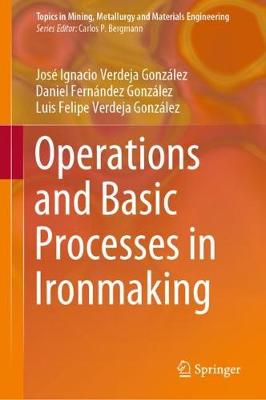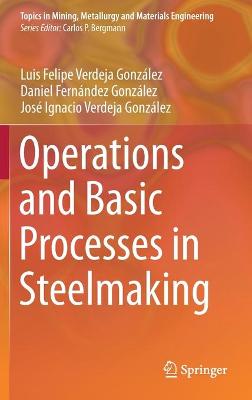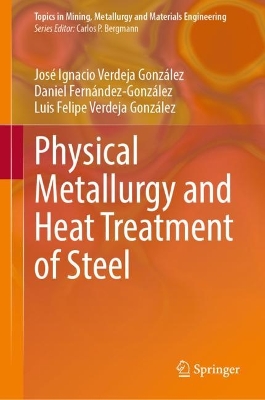Topics in Mining, Metallurgy and Materials Engineering
3 total works
Operations and Basic Processes in Ironmaking
by Jose Ignacio Verdeja Gonzalez, Daniel Fernandez Gonzalez, and Luis Felipe Verdeja Gonzalez
This textbook explores the production of pig iron, covering the first part of the steel production process, known as ironmaking. Divided into seven chapters, it discusses the following topics: raw materials for steel production (coking coal, iron ore, slag-forming agents and fluxes, scrap, ferroalloys and pre-reduced materials), the sintering process (used to prepare the burden for the blast furnace), the pelletizing process (used to agglomerate the fine iron ores), the production of coke (the main reductant in the ironmaking process), the production of iron by reduction with gas (an alternative to the blast furnace) and the production of pig iron in the blast furnace (which is used in more than 65% of steel production worldwide).
Specially conceived for graduate and undergraduate courses, this book is based on more than 30 years of teaching experience in courses for undergraduates, graduates (master and Ph.D.) and industry professionals (technicians). It explores the recent trends in the iron- and steelmaking process (which might used in the future production of steel), and features 55 worked exercises and real-world problems to complement of the theoretical sections of the text.
Operations and Basic Processes in Steelmaking
by Luis Felipe Verdeja Gonzalez, Daniel Fernandez Gonzalez, and Jose Ignacio Verdeja Gonzalez


